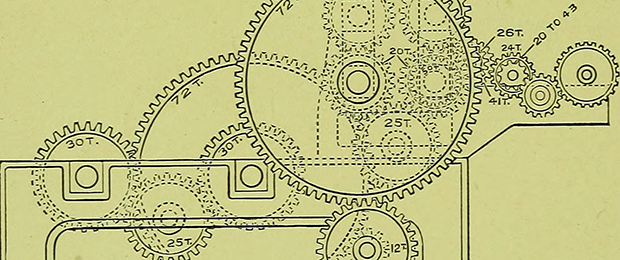We’ve all seen how connected products can transform industries in areas like home energy management and personal health, and manufacturing is no exception. When products communicate back to their original makers, the manufacturers can detect production flaws well before customers would need to raise warranty claims. Further, product usage data can become the core of value delivered to the customer. Now that we have Fitbit and Jawbone UP, would you ever consider buying a traditional pedometer whose only method of telling you steps is on an LCD display? These ideas can be applied to machines on the factory floor, too.
In a previous blog post on the connected factory, I shared how Cisco’s designs combine best practices from operational technology (OT) and IT into robust and secure networks. I also addressed how wireless connectivity can enable a more effective workforce and how digital transformation with real-time production analytics improves quality.
Now, imagine extending that connectivity beyond the plant floor and internal operations by connecting factory machines back to the machine builders that created them. Manufacturing operations that rely only on data generated within the plant and shared internally are missing an important opportunity. Sharing data with the machine builders who know the machine best can create opportunities to significantly improve machine performance by making those machines smarter.
Sounds simple enough, but let’s consider why this new level of connected machines is essential. When you connect these smart machines back to their machine builders and control vendors, those companies can then:
- Service and maintain the machines remotely and proactively to reduce downtime
- Use diagnostic data and issue resolution to dramatically reduce Mean Time to Repair (MTTR) and improve Operating Equipment Efficiency (OEE)
- Speed the process to install, commission, and debug machines for new or refreshed assembly lines
Smarter machines provide better control, increased efficiency, less downtime, higher productivity, and more flexible manufacturing, which leads to plant-wide optimization.
Connecting machines in this way is just one example of how the Internet of Everything is transforming manufacturing. To learn more, be sure to see my session on “Manufacturing Disruption Driven by the Internet of Everything” at O’Reilly’s Solid Conference in San Francisco, June 23 to 25, 2015.
This post is a collaboration between O’Reilly and Cisco. See our statement of editorial independence.

